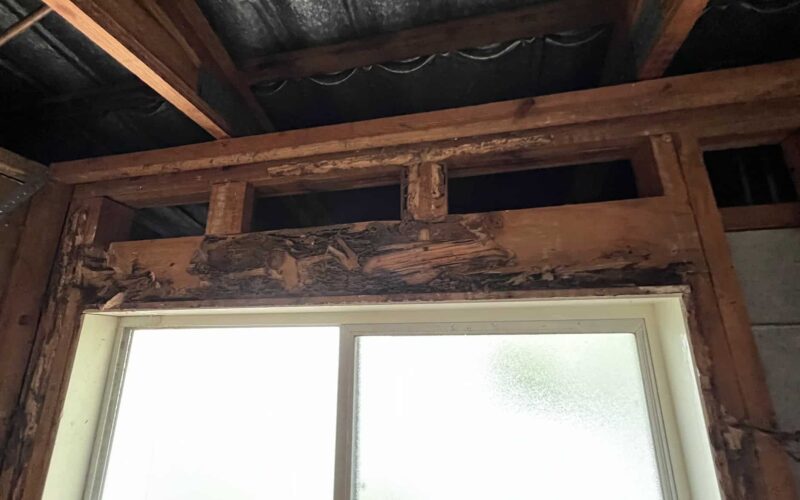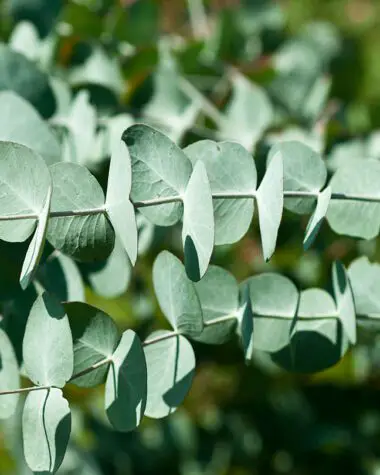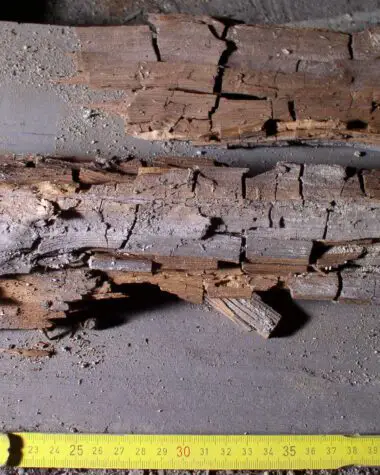Termites are like cancer. You’ll never know how bad it is until everything falls apart. Everything you work hard for can disappear in just a few months. Termites are wood-destroying insects that can cause severe destruction and structural damage. That’s why a termite inspection is super important in preventing termite infestation.
Research shows that termites can eat ⅕ of an ounce of wood in a day. In six months, they can consume one foot of a 2/4 pine board, and when they reach two million in population, you can notice significant damage to your home.
A termite inspection can lower the risk of structural damage and eliminate termites and insects penetrating your house. Additionally, it can lead to the correct classification of what species of termites are attacking your wood to have a proper method of eliminating them.
Common Types of Wood Termites
There are two thousand species of termites all over the globe, and forty-five of them can be found in the United States of America. They are commonly found in forests, nature parks, and, unfortunately, in our houses.
Most termites are wood-loving insects that can be found in places with wood. Here, we listed some of the most common and destructive termites across the US.
Subterranean Termites
Subterranean Termites are the most common termites in gardens, backyards, and homes. They belong to the family of Rhinotermitidae, which typically lives in soil, and they build the largest nests compared to other insects in the US.
They build mud tube lines to connect their underground nest to food sources such as trees, wooden fences, wood foundations, and other available wood in the area. They are considered the most common and destructive termites in all US states except Alaska.
Formosan Termites
Formosan Termites belong to the family of Subterranean termites. They were first discovered in Formosa Taiwan, hence the name, but now, they are widespread in the Southern US. They are considered the most destructive and aggressive wood termites.
A single colony can potentially host 10 million termites that can quickly destroy your property. They generally build their nests underground and mud tube lines to connect to food sources, and they can easily enter your home via cracks and crevices in the ground.
Drywood Termites
Drywood Termites prefer wood to build colonies like wood floors, furniture, dead trees, and wood structure. They belong to the family Kalotermitidae, typically found in states such as California, Florida, Georgia, Hawaii, South Carolina, and other states in the Southern US and the West Coast.
Just like Subterranean Termites, they build mud tube lines to food sources. Their colonies can be found in hardwood interiors and are relatively smaller. But they can still pose serious damage to your home.
Dampwood Termites
Dampwood Termites belong to the family Kalotermitidae and Hodotermitidae, which love high moisture to survive. They do not need soil to establish their colonies; instead, they prefer damp wood, piled of dried wet leaves, and dead trees.
They’re not typically found in homes, but they can still cause serious damage, especially if you have plumbing leak issues and in other areas where moisture is present. They build large colonies, and they eat fast, causing massive destruction.
Conehead Termites
In 2001, Conehead Termites were first introduced in the state of Florida. It is an invasive species that can create havoc in dead or alive trees, grasses, shrubs, wood structures, furniture, cardboard, paper, and anything with cellulose.
They build nests below or above underground and create satellites for food sources. Like other termites, they can create severe and large-scale damage to houses and buildings.
Common Types of Termite Wood Damage
According to the US Department of Agriculture, termite structural damage can cause billions of dollars annually. Their massive and often unseen destruction cost thousands of dollars for repair and prevention.
Most termites devour wood from the inside, so the destruction is already massive and extensive when you realize that your house is infested. You must be aware of the early indication of wood infestation and damages.
Related Post: Help is Here: Inspecting Wood Infestation and Applying Best Solutions
Hollow Sound
A hollow sound when you knock on your wooden wall signifies termite invasion. Ideally, termites eat wood from the inside, so a hollow or empty sound signifies infestation. It’s best to call your local pest control services to determine whether it’s termite or other wood-loving insects.
Doors and Windows don’t close properly
Since termites attack the interior of the wood, it can lead to swelling when water gets in. It can cause weakness, making it difficult to open and close doors and windows. To prevent further destruction, ask for the help of a pest control firm.
The interior paint peels off
When termites attack a wooden wall, it allows air and moisture to go through between the surface of the wood and the paint. Creating a gap that can loosen up the ability of paint to stick. When you notice this sign, call a termite control service for inspection.
Termite droppings and holes
If you notice holes in your walls with tiny pellets of termite waste and wood residue, that indicates that termites are eating up your house. Exit holes can be small, making them difficult to notice. If you see one, book an appointment with a pest control service to stop widespread damage.
Mud Tubes
Mud tubes are the most visible sign of termite infestation. They are interconnected tunnels connected to their colonies to transport food. It is commonly made of soil or wood residue. Call your local pest control agency if you notice one in your surroundings.
What is Termite Inspection?
If the signs of termite overtaking are evident in your house or the nearby areas, then a termite inspection is needed. A termite Inspection is a method of investigating your house or surroundings for possible termite invasion.
A termite inspector is a trained professional who is an expert in identifying termite colonies and classifying which type of termite makes a meal out of your home. They can look for wood-infestation signs and create a comprehensive plan to stop the spread of termites and other wood-destroying insects.
Termite Inspection does not involve a lot of preparation and equipment. Inspectors will rely on their eagle eyes and a flashlight to look for signs of termite nests, especially in areas with wood and potential termite hiding places.
Once they find out that your house is a gathering place for termites, they can quickly eradicate it using chemicals and other methods to prevent further damage.
How much does it cost for Termite Extermination?
Homeowners spend an estimated five billion dollars on termite damages each year. Termites wreak havoc on 600,000 homes in the United States. This alarming figure indicates that termites can destroy an entire state without being noticed.
The average amount of termite extermination is $3,000. The cost may increase depending on the damage to your property. Some homeworkers rely on DIY methods and natural remedies to solve termite problems.
Professional Termite Treatment vs DIY Termite Treatment. Which is more effective?
Termites are house pests that should be eliminated quickly. They can destroy your dream house and can have a lasting negative impact on your property. To quickly eradicate their existence, you can opt for a professional or DIY treatment.
Professional Treatment
Experts in termite control use a potent chemical solution that only licensed professionals can use. Most professionals are using Termiticides, a special solution formulated to wipe out entire colonies of termites.
Professional termite exterminators can identify the types of termites residing in your house and recommend proven and tested methods to prevent termite invasion in the future.
DIY Treatment
DIY treatment is the method of using home hacks and natural remedies to eradicate termites. Since some pesticides are available in hardware stores, you can go ahead and buy them and follow the instructions on how to apply them.
DIY treatment can be time-consuming and less effective. They can deter termites but not kill entire colonies. The effectiveness can only last for a few months, and you must repeat the process.
I suggest seeking professional treatment is the best solution for eliminating termites. The effectiveness can last for decades; rest assured that every colony of termites on your property is gone.
Related Post: Help Is Here: Why Termites Eat Wood And How To Stop It
Why is Termite Inspection Important?
Termites are fast; before you know it, they can eat half of your house. That’s why a regular termite inspection is important. A termite inspection may cost a lot of money, but it can eliminate termites in your property.
Damages caused by termites can create lasting structural damage and affect your house’s stability. Investing in proper termite treatment is important to avoid destruction. Moreover, termite inspection and treatment can save your house and last for generations.
Conclusion
Termites are silent destroyers. Termites are tiny, but they can damage your property significantly. They are the most common treatment in every household in the US and the world.
Fortunately, there are methods to keep them away from your property. Additionally, some professionals can guide you in eliminating them. These experts can help you with wood termite inspection and advise you to prevent termites from coming back.








